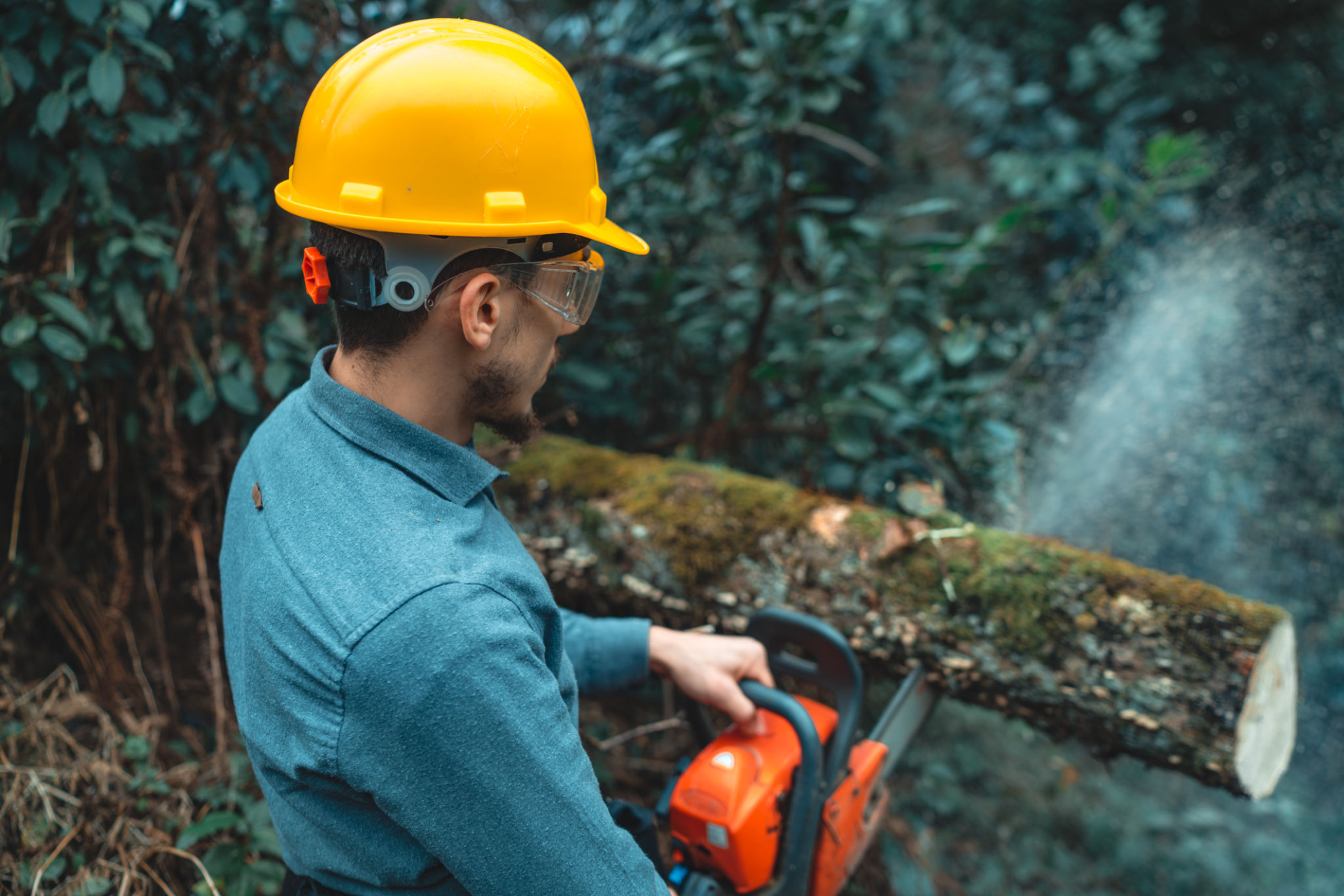Common Mistakes to Avoid When Trimming Your Trees
Understanding the Basics of Tree Trimming
Tree trimming is an essential part of maintaining the health and aesthetics of your trees. However, it can be a complex task, especially if you're not familiar with the basics. Incorrect trimming could lead to tree damage, disease, or even death. This post will guide you through common mistakes to avoid when trimming your trees, ensuring they remain healthy and beautiful.

Using the Wrong Tools
One of the most common mistakes in tree trimming is using inappropriate tools. Using dull or incorrect tools can cause uneven cuts and damage the tree. Make sure you choose tools that are sharp and suitable for the size of the branches you're trimming. Regular maintenance of your tools is also crucial to ensure they remain in good condition.
Ignoring Safety Precautions
Tree trimming can be hazardous if safety precautions are overlooked. Always wear protective gear such as gloves, goggles, and a hard hat. Ensure your ladder is stable and positioned correctly before starting work. If you're trimming large branches or working on tall trees, it's best to hire a professional arborist.
Over-Pruning Your Trees
Over-pruning is a common error that can severely impact a tree's health. Removing too many branches or leaves can stress the tree and make it more susceptible to diseases. As a general rule, never remove more than 25% of a tree's foliage at once. Be strategic about which branches you trim to maintain the tree's natural shape and strength.

Improper Timing
Timing is critical when it comes to tree trimming. Different species have different optimal pruning times. For instance, pruning in late winter or early spring is often recommended for most trees, as they are dormant and less vulnerable to stress. Research the best time to prune your specific tree species to ensure you're not causing unnecessary harm.
Neglecting Tree Health Signs
Avoid neglecting visible signs of tree health issues before trimming. Dead or diseased branches should be removed promptly to prevent further damage. However, if you're unsure about a tree's health, consult an expert who can assess the situation and provide guidance on the best course of action.
Incorrect Cutting Techniques
The way you cut branches can significantly affect a tree's recovery and future growth. Avoid cutting too close to the trunk or leaving a stub, as these mistakes can hinder healing and invite pests or diseases. Learn proper cutting techniques, such as making clean cuts at a slight angle just outside the branch collar.

Failing to Plan Ahead
Lastly, failing to plan your trimming activities can lead to incomplete or damaging results. Consider creating a plan before you start trimming, focusing on which branches need removal and how it will affect the overall shape of the tree. Planning ensures you achieve desired outcomes without compromising tree health.
By avoiding these common mistakes, you'll contribute significantly to the health and longevity of your trees. Proper tree trimming requires knowledge and care, but the results are rewarding—a beautiful landscape filled with thriving trees.